Manure is one of the most common fertilizers. It has many advantages - from accessibility to environmental friendliness. Let's look at what types of manure, how and when to use it.
Content
Description
Manure is a livestock product of farm animals. It carries an active microflora and is a source of energy and nutrients for the soil. It contains many useful elements: nitrogen, phosphorus, potassium, calcium, magnesium, iron and so on.
Effect of manure on the soil
- reduction in exposure to herbicides;
- decrease in acidity;
- neutralization of excess salts;
- general quality improvement;
- saturation with essential trace elements.
All this has a positive effect on the crop. Many note that after using manure, plants become stronger and healthier, and vegetables and fruits become tastier.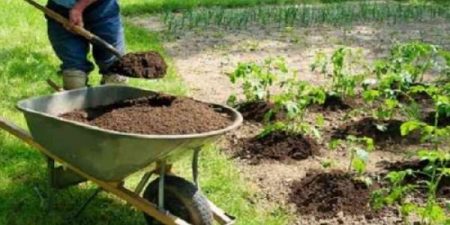
Types of manure and litter
As fertilizer, litter of many domestic animals and birds can be used. Let's look at the most popular types of humus.
Horse dung
This fertilizer has excellent properties:
- quickly and efficiently heats the soil;
- quickly decomposes;
- can be used in various forms (compost, liquid top dressing, mixed and unmixed);
- negative properties of other species are not inherent in it - humidity, density, strong unpleasant smell.
Horse manure includes water, organic matter, potassium, nitrogen, phosphorus and calcium. Moreover, the nitrogen content in it is higher than in other types of litter, which is useful for plants.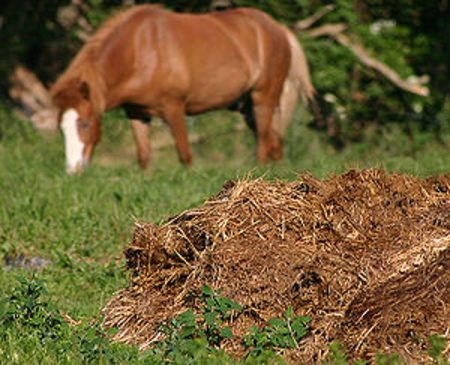
Cow manure
Humus of cow manure is a popular, affordable and high-quality fertilizer. It is brought to landings in an amount of 3 kg / 1 m kV. This fertilizer does not burn the roots and slowly gives the plant micronutrients, which greatly prolongs its action. Fresh cow manure is not recommended; it can harm plantings. In addition, fresh litter contains a large number of worm eggs and pathogenic microflora, so you need to be careful when working with it: use rubber gloves and a gauze bandage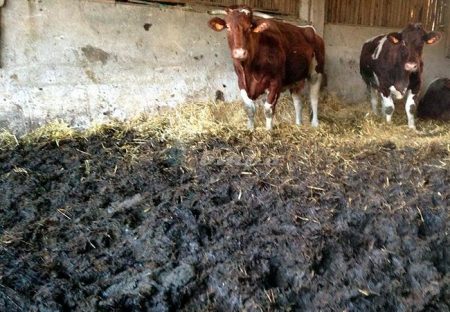
Rabbit manure
The main advantages of this fertilizer are the consistency that allows for transportation, and the absence of weeds in the composition of parasites and seeds. Another distinctive feature of rabbit droppings is the presence of magnesium. This manure, unlike others, can be put on powder and used as a substrate for indoor plants. Fertilizer is not used in its pure form or fresh. Also, it should not be exposed to freezing temperatures or boiling water.
Goat manure
A serious advantage of goat manure is that it must be used in small quantities. It is also convenient because it shrinks and loses an unpleasant odor when dried, turning into a kind of granules. Goat manure can serve 2-3 years after a single application to the ground.
The quality of this fertilizer is affected by what its “producers” ate. Best of all, if coarse grasses served as fodder for goats: hay, legumes of legumes, bran.The most poor-quality manure is obtained if the animal was grazed near large highways or plants: then the litter will contain heavy metals.
Elk manure
The composition of elk manure is practically no different from other species. Its advantages are an almost complete absence of an unpleasant odor and a convenient consistency. Most often, moose droppings are used for indoor plants: it makes flowers larger and brighter, and is also most convenient for indoor use.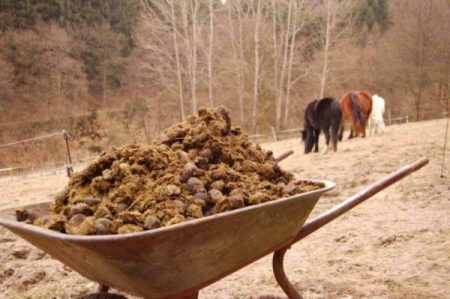
Sheep Navos
It is advisable to compost this species before use, otherwise it may damage the structure of plant roots. Sheep manure is dense and dry, so it is diluted with liquid manure before use. The fertilizer is well suited for heavy clay and loamy soils, has a beneficial effect on potatoes and beets.
Quail manure
The beneficial substances in the quail droppings are easily absorbed by plants, which makes it especially effective. Many gardeners specifically grow quail for litter. This is beneficial when you consider that 1 kg of feed gives 1 kg of litter. The fresh manure of these birds contains urea, which negatively affects the plants. Quail litter serves from 3 years after a single application.
Pigeon manure
Pigeon litter is considered even more effective than horse droppings: it contains 4 times more nitrogen and 8 times more phosphorus. When breeding pigeons for litter, you need to consider that one bird gives about 3 kg of waste per year, so there should be a lot of individuals. This fertilizer is used either in dry form or in the form of a solution. It is not recommended to add it to indoor plants, since an abundance of nitrogen even in humus will damage the delicate root system of home flowers.
Goose dung
This fertilizer contains very little nitrogen (10 times less than chicken droppings). It should not be mixed with soil: geese manure will be more effective if you feed them plants. Fresh litter is bred in a ratio of 1:10.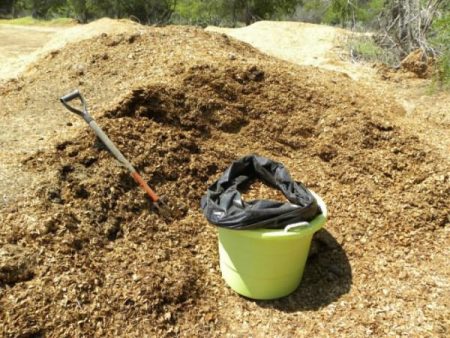
Chicken manure
This fertilizer is similar to mineral in the content of chemical elements in it. Considered more effective than cattle droppings. Chicken manure is little susceptible to leaching from the soil, and nutrients from the composition are transferred to plants gradually and evenly, which guarantees high-quality top dressing for a long period (3-4 years). The composition does not contain weed seeds and pest eggs. Litter of chickens is sold in granular form, which attracts gardeners who do not want to breed birds.
Duck manure
Litter of ducks, especially the Indian runner breed, is one of the mildest organic fertilizers. When used, it is advisable to compost it with plant debris or sawdust. Fertilizer is great for greenhouses, especially for planting cucumbers in them. It is useful to mix duck droppings with horse peat.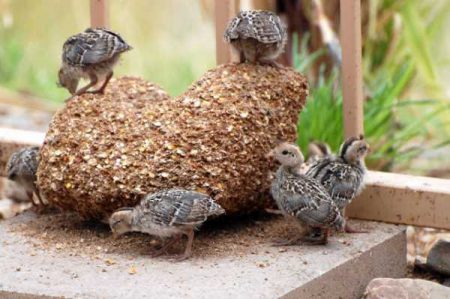
Types of horse manure
Manure exists in liquid and in dry form. Depending on the degree of decomposition, it is divided into 4 groups, each of which has its own qualities.
Fresh humus
Manure obtained initially cannot be used as fertilizer. Firstly, it has a high nitrogen content, which can simply burn the roots of plants. No wonder horse manure is called "hot fertilizer." Secondly, it contains weed seeds, fungal spores, worm eggs and other undesirable elements.
Half-rotten dung
As a fertilizer, this type of horse manure is usually used to prepare semi-liquid feed or as an additive to the soil during digging. In this form, manure already contains less nitrogen and harmful components, so it almost does not harm plantings. However, using it as a complete fertilizer is still not recommended.
Well rotted humus
At this stage of formation, manure can already be used as fertilizer. Humus is already losing its original appearance and is becoming half its weight. It is introduced into the soil in the ratio of 1 part of manure to 2 parts of soil.
Horse humus
Well-rotted horse manure is considered the best organic fertilizer. It is suitable for all types of plants, and a lot of useful substances accumulate in the composition. Humus has a beneficial effect on plants, gives them all the necessary nutrients.
How to make fertilizer from bird droppings
In addition to the following general methods for preparing fertilizer from manure, there are others designed specifically for bird manure. The main one is the usual dilution of dry manure in water in a ratio of 1:20. The resulting liquid needs to be fed plants. This method is effective because bird droppings contain a lot of nitrogen, which, in high concentrations, harms plants.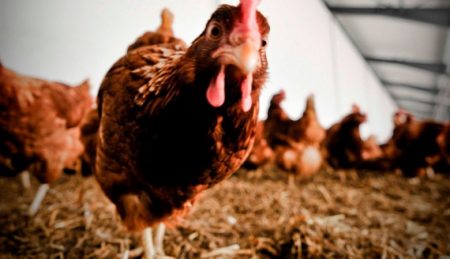
Making fertilizer from manure
To turn manure into a full-fledged fertilizer, one of the following methods is used.
- Composting. In order to turn an ordinary pile into a compost pit, last year’s substrate must be laid in the foundation. Then come the layers of organic waste sprinkled with manure. Such a structure should be 1-1.5 meters in height. He is watered with water and left to whisk for about a year.
- Vermicomposting. Manure is acidified with slaked lime or ash, and then the worms are launched into it. It is advisable to use California red. In the process of life, the worms process manure, making it an even more useful fertilizer.
- Accelerated fermentation using humates. Early in the spring (2-3 months before use), the manure is watered with a solution of humates in the proportion of 10 g of humates per 10 kg of litter, and then well mixed. The resulting fertilizer becomes more saturated (it requires 3 times less than pure manure), as well as cheaper.
- Infusion. The easiest way to process, allowing you to clean the dung from eggs of worms, insects and weeds. It is necessary to fill the litter with water in a ratio of 1: 1 and leave for a week. The resulting mixture was again diluted with water in a proportion of 1:10 and used as water for irrigation.
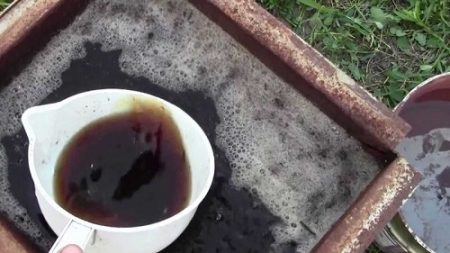
Using manure as a fertilizer
Manure becomes really good fertilizer only in the form of humus or a well-overripe mass. Fresh litter, as mentioned earlier, can spoil the root system of plants.
Manure is brought into the earth every 2-3 years. This is more than enough: fertilizer gradually gives its elements to the earth and plants. Standard application rates are 300-400 kg per hectare.
What and when to feed
Processed manure is suitable for all crops - from vegetables and cereals to fruit trees and indoor plants. The fertilizer is especially effective for potatoes, cucumbers, tomatoes, pears, raspberries, daffodils and geraniums.
The best method is the introduction of manure into the ground in the fall, after harvesting. Before the next planting, manure will have time to start connecting with the soil and give it its elements, so that in spring the land will be completely ready for new plants.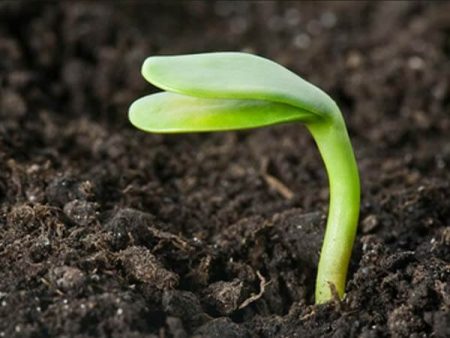
Manure storage
Manure is usually stored in one of 3 methods - anaerobic, aerobic or combined. In the first case, the substance hardly warms up; in the second, it quickly loses nitrogen and other useful elements. The combined method is considered the best.
- In the warm season, you need to lay manure in a pile in a loose state and leave it for 3-5 days in order to achieve heating of the fertilizer to about 70 degrees.
- When the mass heats up and begins to cool, it must be well tamped and covered with a film. For compaction often use watering the mass of water or slop.
- Now manure can be stored for a long time. It will retain all its properties.
Feedbacks
Whether or not to use manure is a topic of constant debate among gardeners. Some consider manure to be a fertilizer of the past, and some zealously defend its effectiveness.This is what growers write on their forums.
Alina:
“I did an experiment a few years ago. Two identical beds with beets, one fertilized with horse manure, and the second with liquid fertilizers from the store. On the manure bed, the earth is loose, juicy, directly lush, to look at with pleasure. But weeds on it grew instantly, there were a lot of worms - it is clear that the earth is rich. On the second - the earth is solid, gray, do not dig, and rare weeds do not pull out. By harvest - in the first garden beets are larger and healthier than in the second. For me, the choice is obvious - now I fertilize everything with manure, however, I switched to chicken, I have a lot of it. ”
Margarita:
“I always fertilize everything with cow dung!” All these modern fertilizers are solid chemistry, muck, then the vegetables are poisoned, and the flowers are sluggish. Litter is natural and pure. In addition, chemistry is only once, but you put the manure once, and it works for 2-3 years, the land remains healthy. ”

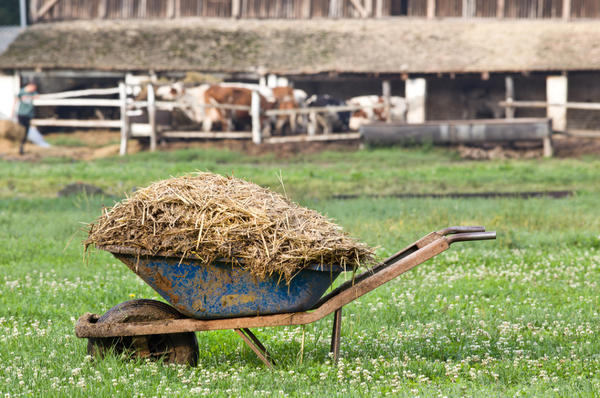
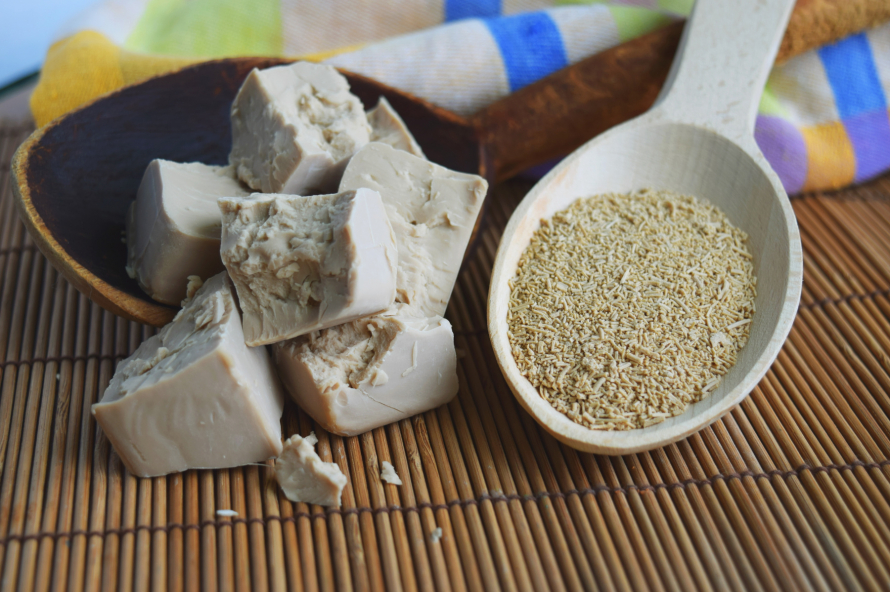
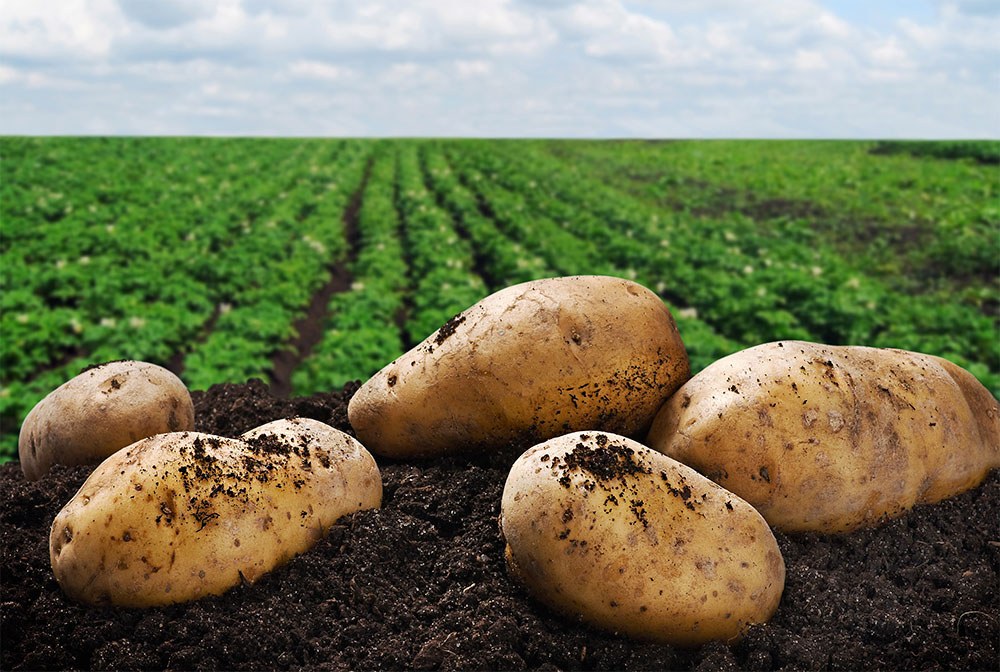
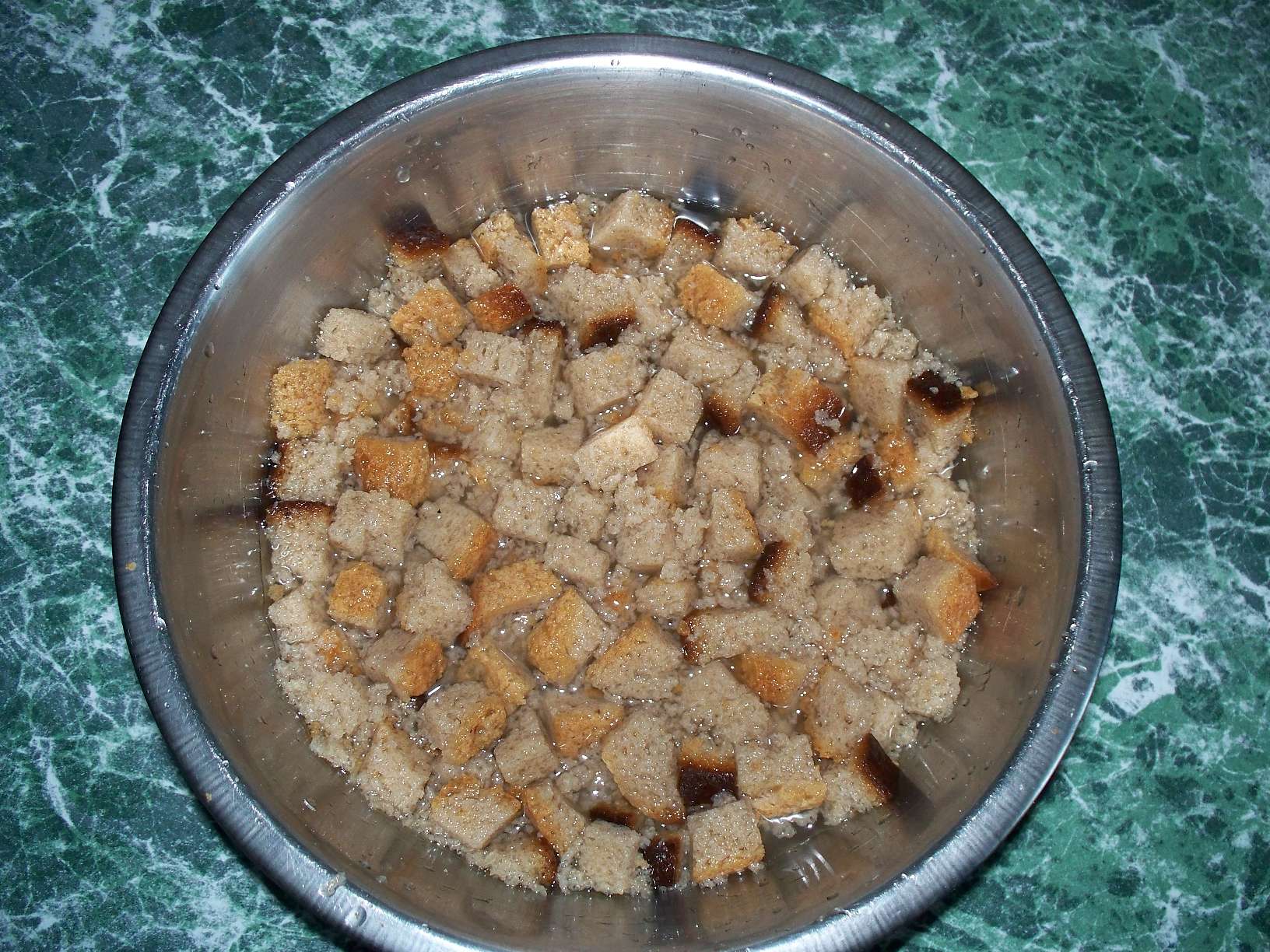
 Superphosphate: what is it and how to apply it
Superphosphate: what is it and how to apply it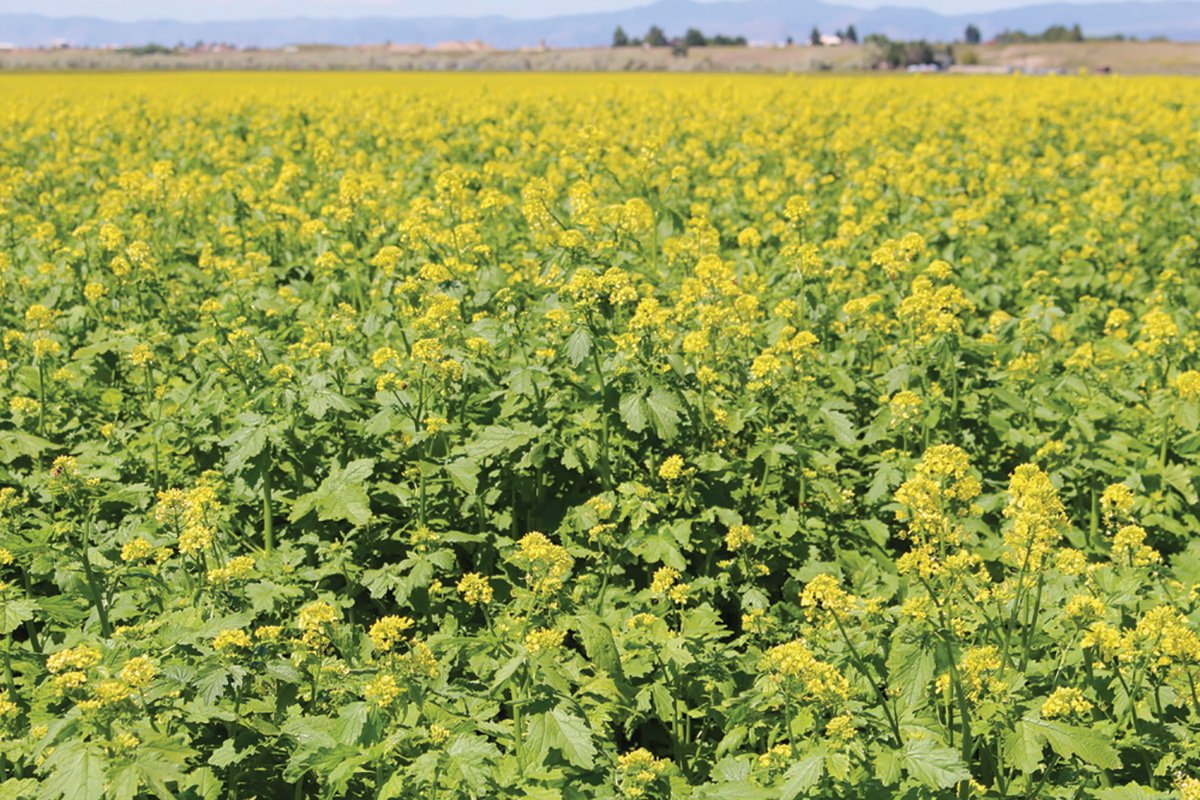 What problems can be expected from siderats?
What problems can be expected from siderats?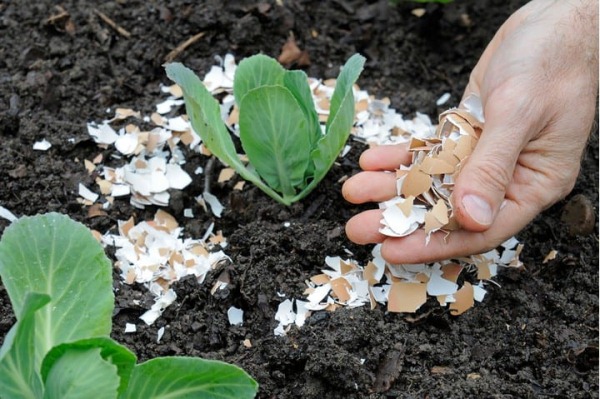 Secrets of the collection, storage and use of eggshells in the garden
Secrets of the collection, storage and use of eggshells in the garden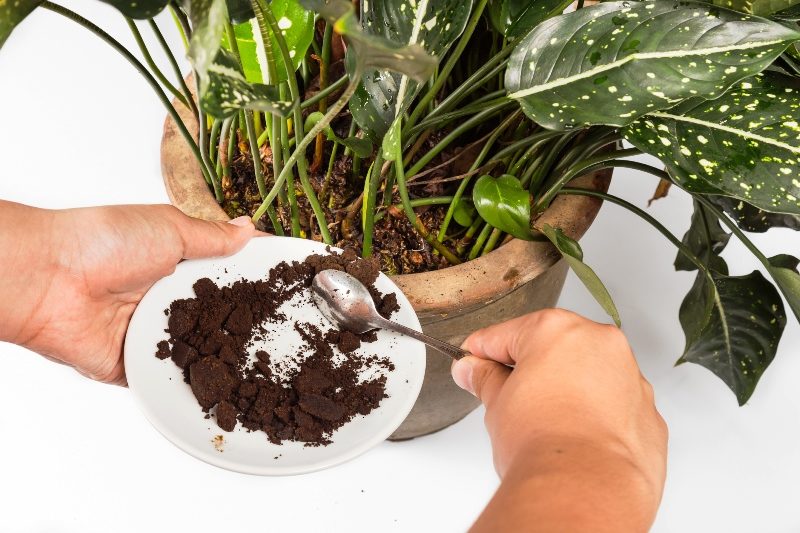 The most popular top dressing for indoor plants
The most popular top dressing for indoor plants